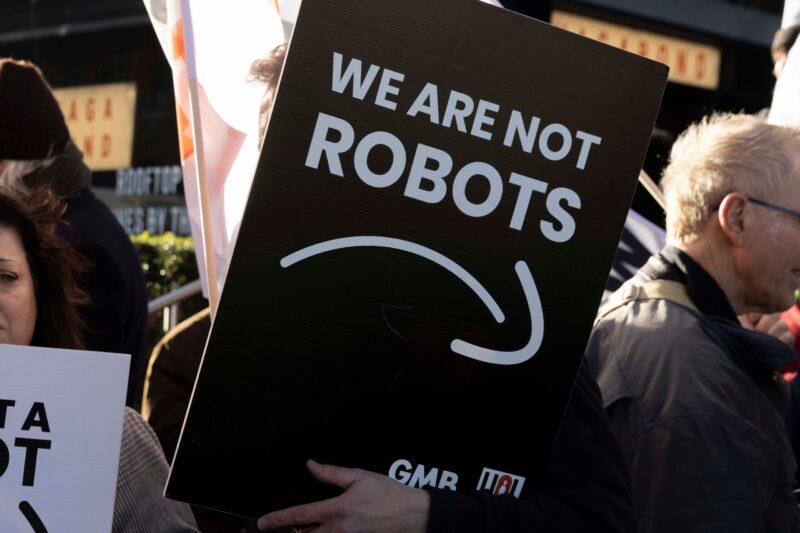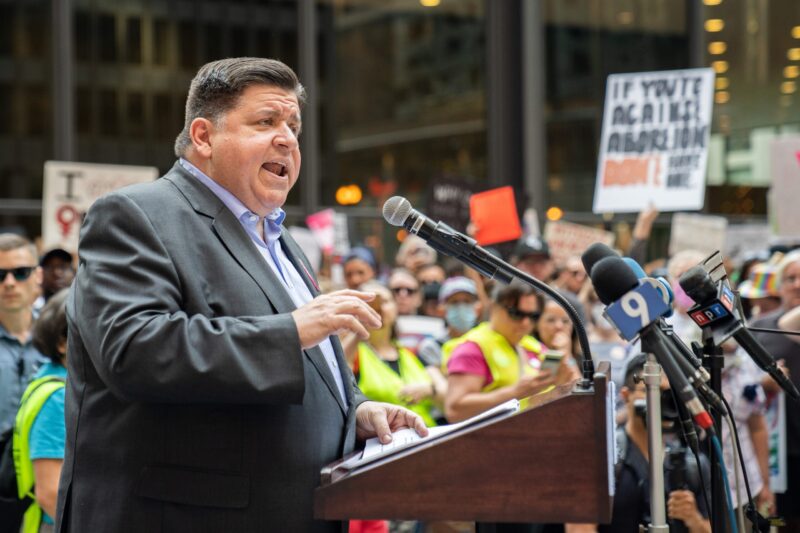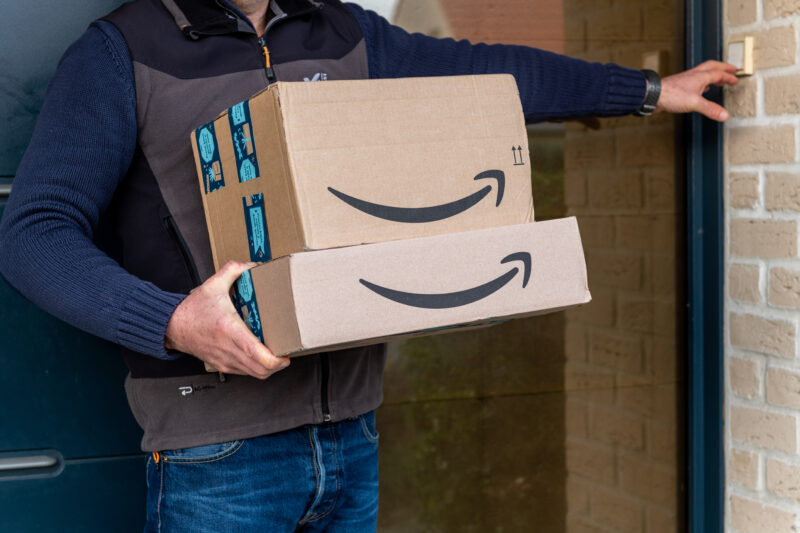Amazon recently introduced an innovative set of smart glasses and AI-driven tools designed to improve the speed and safety of its delivery network. The reveal came during its “Delivering the Future” summit, signaling the company’s push to combine wearable tech and robotics in logistics.
The Smart Glasses: Hands-Free, Safety-Focused
The smart eyeglasses are built to help delivery drivers by freeing up their hands and enhancing their situational awareness. Once the driver parks the vehicle, the glasses can indicate which packages to pick up — eliminating the need to consult a phone or handheld device. Because the glasses let drivers keep both hands free, Amazon says they reduce the risk of injury from handling boxes or navigating tight spaces. (RELATED NEWS: Meta $800 Smart Glasses Demo Fumbles with Glitches)
Furthermore, the glasses do not record the driver’s activity, addressing potential privacy concerns. Pilot tests with hundreds of drivers have generated positive feedback — particularly praising the safety and convenience improvements.
Artificial Intelligence and Robotics: Augmenting, Not Replacing Humans
While the focus on wearable tech is one piece, Amazon’s larger strategy emphasizes automation through robotics and AI. At the summit, the company showcased a robotic arm project codenamed “Blue Jay” that can pick and sort hundreds of millions of differently shaped items at a single station. This helps with repetitive tasks and allows human workers to focus on safer, higher-value tasks.
Amazon leadership has insisted the goal is augmentation, not replacement. As Chief Technologist for Robotics Tye Brady explained to “Mornings with Maria. on Fox Business:
“So of the speculative hiring, it’s still speculation, right? But I do know this – I do know that we will continue to amplify what our employees can do by giving them the best tool set possible. That’s using physical A.I. systems in order to create a safer environment and more productive environment for employees.” (RELATED NEWS: AI Is Taking Entry-Level Jobs and Shaking Up the Workforce)
However, internal reports revealed to the New York Times suggest that through this automation push Amazon may reduce hiring by as many as 160,000 people by 2027 and over 600,000 by 2033. The company counters that no current employees will be laid off and that increased efficiency will enable more delivery centers and new job opportunities.

Efficiency, Safety, and Sustainability in One Package
The synergy of smart glasses, AI, and robots isn’t just about speed — it’s also about creating a safer workplace and a more sustainable operation. Beyond the glasses and sorting robots, Amazon plans to convert its entire delivery fleet to electric vehicles (EVs), aiming for 100,000 EVs by 2030.
Additionally, Amazon’s sustainability team is exploring advanced energy technologies — from modular nuclear reactors to fusion and geothermal power — to operate its data centers and logistics networks in a carbon-free way.
What This Means for Customers and Workers
For customers, this tech stack means faster deliveries, fewer errors, and potentially lower costs as overhead is reduced. For workers, the picture is more complex. On one hand, wearable tech and robotics promise ergonomic improvements and safer, less repetitive tasks. On the other hand, increased automation raises questions about long-term workforce impact.
Amazon maintains that its “machines plus people” model will create new roles and improve working conditions. For instance, smart glasses remove the need for a driver to juggle a phone while carrying packages, helping both efficiency and safety.
Challenges and Considerations
Despite the promise, several challenges remain. Widespread deployment of smart glasses and robotic systems will require investment and infrastructure upgrades. Workers and labor advocates may raise concerns about job displacement or monitoring, even though the glasses do not record activity. In addition, consumer expectations for ever-faster delivery continue to rise, so Amazon must balance speed with cost and environmental impact. (MORE NEWS: Biotech Breakthrough Could End the Need for Liver Transplants)
The integration of sensors, wearables, robotics, and AI also creates new data-management and security challenges. Amazon will need to ensure that its systems protect worker privacy and maintain reliability in real-world, high-volume settings.
The Bigger Picture: Logistics of the Future
Amazon’s move reflects broader trends in logistics and supply-chain automation. As online commerce accelerates, companies increasingly turn to wearables, robotics, and AI to optimize warehouse and delivery operations. Amazon is positioning itself not just as an ecommerce retailer but as a pioneering logistics and tech company.
In that vision, the smart glasses are just one element — they signal Amazon’s willingness to bring innovative hardware into field operations and blur the line between human-driven and machine-enhanced work. By presenting the glasses alongside advanced robotics, Amazon is emphasizing a holistic system change.
Looking Ahead
In the coming years, Amazon is expected to expand its pilot programs, deploy smart glasses at scale, and further integrate AI-driven robots into its fulfillment and delivery network. The company’s automation roadmap suggests a continued push toward efficiency, sustainability, and leveraging technology to support human workers. However, how it manages the transition — balancing innovation with workforce impacts — will be crucial.
As Amazon rolls out these systems, its progress will likely serve as a model or cautionary tale for other companies in logistics, retail, and manufacturing. Ultimately, the question isn’t simply “can we build smart glasses for delivery drivers?” but “how do we apply them in a way that benefits customers, workers, and the environment?”
Cut through the noise. Drown out the spin. Deliver the truth.
At The Modern Memo, we’re not here to soften the blow — we’re here to land it. The media plays defense for the powerful. We don’t.
If you’re done with censorship, half-truths, and gaslighting headlines, pass this on. Expose the stories they bury.
This isn’t just news — it’s a fight for reality. And it doesn’t work without you.


